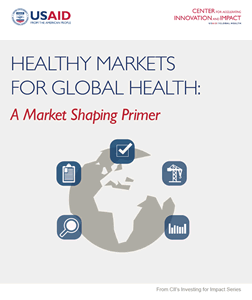- What We Do
- Agriculture and Food Security
- Democracy, Human Rights and Governance
- Economic Growth and Trade
- Education
- Environment and Global Climate Change
- Gender Equality and Women's Empowerment
- Global Health
- About Us
- Health Areas
- Health Systems and Innovation
- Center for Innovation and Impact
- AI in Global Health
- Blended Finance Roadmap
- Financing Framework
- Human-Centered Design
- Innovation Realized
- Intro & Scale
- Investing for Impact
- Market Shaping Primer
- Pathways to Scale
- Ready, Set, Launch
- Software Global Goods Valuation Framework
- Strengthening Primary Health Care
- UAVs in Global Health
- Value-Based Care
- e-Learning Courses
- Unleashing Private Capital
- Newsletter
- Data
- Gender and Health
- Health Systems Strengthening
- Vision for Action
- Center for Innovation and Impact
- Resources
- Humanitarian Assistance
- Transformation at USAID
- Water and Sanitation
- Working in Crises and Conflict
- U.S. Global Development Lab
Speeches Shim
Global health is inextricably linked to the health of the marketplace that delivers life-saving products to low-income populations. A well-functioning health care market requires manufacturers to produce high-quality products, distributors to deliver the necessary quantities and providers to administer them correctly. The unfortunate reality is that a single breakdown in this complex system can keep life-saving products from those most in need. The Market Shaping Primer looks to further the conversation around how the global health community can shape markets to address these breakdowns and support better health outcomes for the poor.
Market shaping can disrupt current practices or transform existing market structures, creating efficiencies that support our collective goals in global health. Actors at both ends of the market – producers and purchasers – may face high transaction costs, critical knowledge gaps or imbalanced risks that hamper their participation in the market and lead to market shortcomings. Countries, donors and procurers can use their purchasing power, influence and access to technical expertise to address root causes of these shortcomings and influence markets for improved health outcomes. Designed to be transformative, market-shaping interventions aim to reduce long-term demand and supply imbalances and reach a sustainable equilibrium.
The Market Shaping Primer looks to further the conversation around market shaping in global health by taking an in-depth look at the state of practice. Whether by better leveraging private sector participation in manufacturing and delivery, or improving value for money in the global procurement of commodities, the Primer explores the opportunities for market shaping to improve the way USAID and other donors/procurers maximize health impact. By analyzing interventions across the HIV, malaria, family planning, vaccines and other health sectors, the Primer examines the definition and approach to market shaping, and offers a simple, five-step framework that captures common elements and characteristics underpinning the numerous interventions explored.
Questions or comments? Please email us at cii@usaid.gov.


Comment
Make a general inquiry or suggest an improvement.